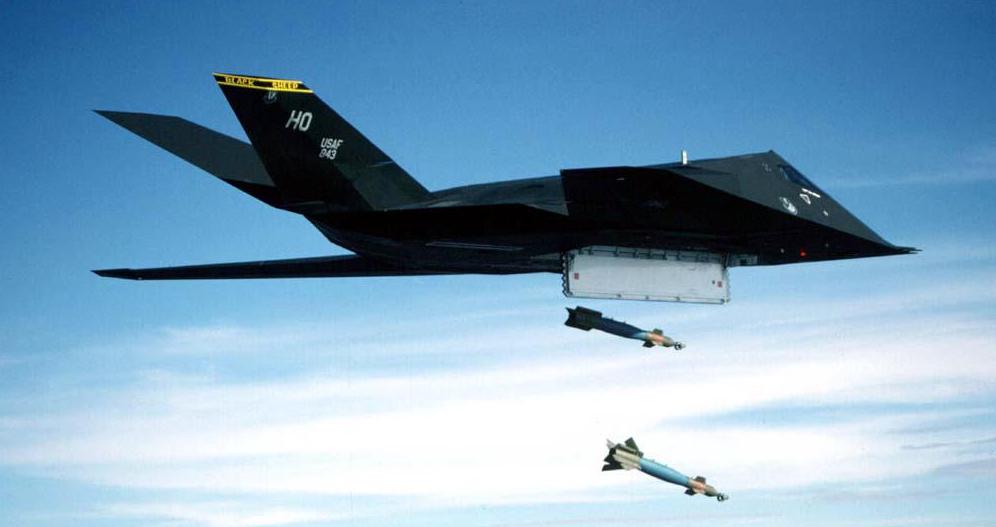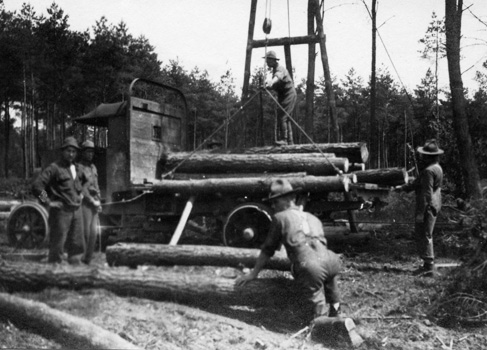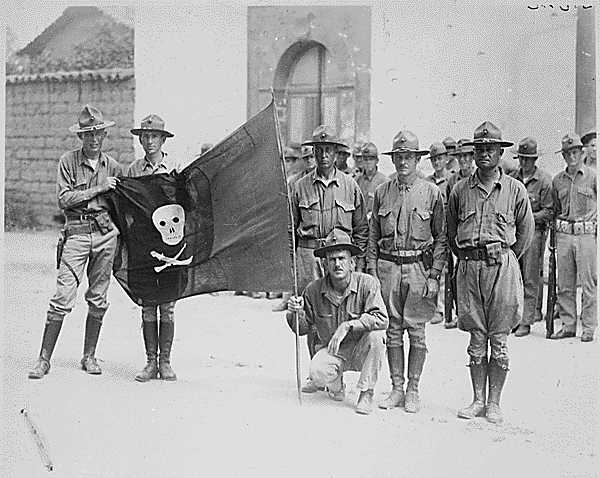The F-117 was one of the most innovative aircraft ever developed and the culmination of decades of research into stealth technology. Nearly invisible to radar, it was designed to be America’s silver bullet against the Soviet Union. Its primary mission was to penetrate deep into enemy territory and destroy the most heavily defended targets. Even though its first flight came in 1981, it wasn’t known to the public – and even to most in the government – until 1988. Today, many still refer to this aircraft as the “stealth fighter,” despite lacking any air-to-air capabilities and specifically filling an attack role.
The aircraft’s first true test came during the Gulf War. There, despite making up less than three percent of the coalition aircraft, F-117s attacked over 30 percent of the targets, primarily in Baghdad, the most heavily defended city in the world at the time. The F-117 continued to dominate during the war destroying over 1,500 high-value targets without a single loss.
However, one of the sayings we have in the fighter pilot community is that “the enemy always gets a vote.” What this means is that no matter how good your intel is, how clever you think you are, or how inferior the enemy appears to be, they always reserve the right to do something you aren’t expecting. Using their ingenuity and will to win, they can choose a course of action that catches you off guard and forces you to react. A good example of this is Col. Dale Zelko’s second mission during the Kosovo War.
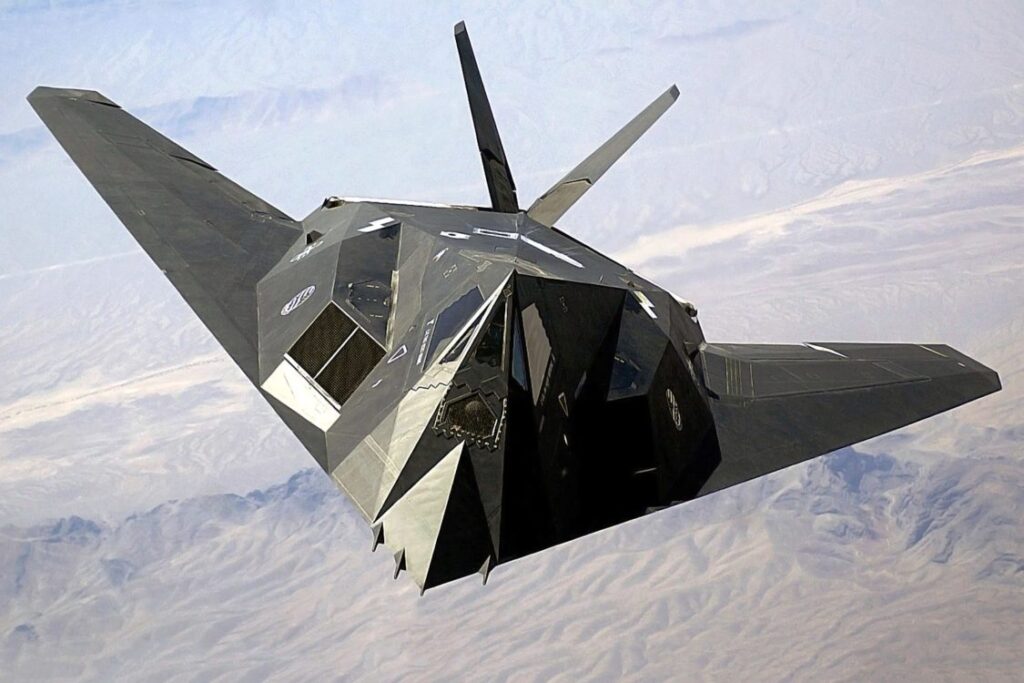
In 1999, on the fourth night of the war, Col. Zelko took off into the night in his F-117 Nighthawk.
Opposite of Col. Zelko, as he lifted off into the night, was a Yugoslavian commander named Zoltan Dani. Zoltan was in charge of a ground-based SA-3 surface-to-air missile battery. Designed in the 1950s, its short-range and fragile design made the SA-3 obsolete and relegated to second-tier militaries by the time of the Kosovo War. Yet, Zoltan was innovative and experienced.
Fifteen years earlier, Zoltan had seen Israel destroy 29 of 30 Syrian surface-to-air missile sites in under two hours during the 1982 Lebanon War. This led him to understand that mobility was the key to survival. Although the SA-3 was intended to be an unmovable static site, he found that with training, his men could break it down and pack it up on trucks in less than 90 minutes. This allowed him to move several times a day, making it difficult for NATO intel to find him.
Related: The Air Force made Lockheed’s Skunk Works design a stealth pole
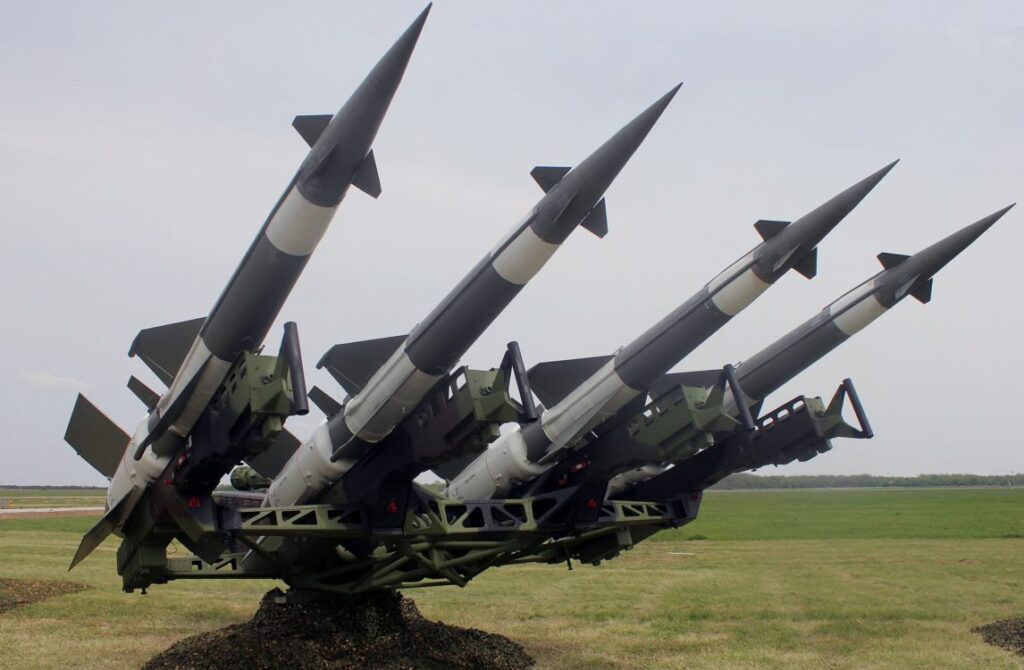
His primary threats were HARM missiles shot by escort aircraft: They honed in when his radar was turned on, but became ineffective as soon as he turned it off. This led him to develop a strict rule of using his radar for no more than 40 seconds in one location. He further increased his survivability by building homemade decoys out of confiscated Iraqi Mig-21 radars. He placed these decoys on the outskirts of his site to lure away any missiles shot at him.
On the night Col. Zelko and Zoltan met, the weather was poor, causing all NATO aircraft to cancel their missions except the eight F-117s operating in the theater. Zoltan had received word of the aircraft taking off as the Yugoslavian military had spies around the NATO bases, allowing it to know the composition of the strike packages, along with a rough time frame of the attack.
Related: Lockheed Martin has now built 1,000 F-35s

As Col. Zelko approached his target, Zoltan ordered his radar on for 20 seconds, but couldn’t find the stealthy aircraft. Knowing the F-117 would be out of range within a minute, he ordered it back on for 20 seconds. He and his men desperately tried to find the nearly invisible aircraft as the seconds ticked by. As the clock hit zero his men, dejected, knew they had to begin the process of relocating. Instead, Zoltan, against his previous guidance, ordered the radar on for a third time – Zoltan knew the escort aircraft hadn’t taken off, and therefore wasn’t in danger of a HARM missile strike.
At 8:15 p.m. local time, Zoltan found Col. Zelko just as he was releasing his bombs since, as Col. Zelko’s weapons bay doors were open, for several seconds he was no longer invisible to radar. Zoltan immediately ordered two missile launches and maintained the radar lock even after the doors closed.
Less than a minute later, Col. Zelko spotted the missiles.
“They were moving at three times the speed of sound, so there wasn’t much time to react,” he said. “I felt the first one go right over me, so close that it rocked the aircraft. Then I opened my eyes and turned my head, and there was the other missile. The impact was violent. I was at negative seven Gs. My body was being pulled out of the seat upward toward the canopy. As I strained to reach the ejection handles, one thought crossed my mind: This is really, really, really bad.”
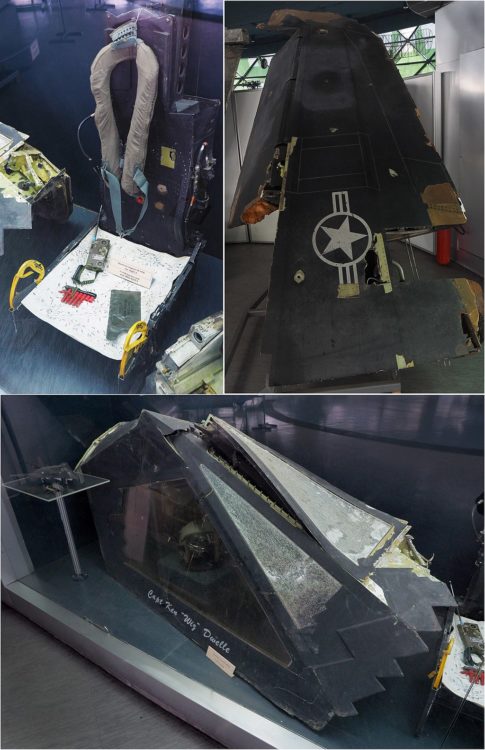
Fortunately, through a heroic effort, Col. Zelko was rescued and within weeks was flying missions again. However, Zoltan’s innovative tactics had dealt a large blow to NATO forces, particularly from a propaganda standpoint. He had a “vote” to behave differently than NATO mission planners and leadership had expected. Underestimating the Yugoslavian air defenses led to several mistakes in the planning process which led to Zoltan exploiting them and downing an F-117.
Editor’s Note: This article was originally published in 2021; it has been edited for republication. It was written by U.S. Air Force F-35 pilot, best-selling author, and prominent YouTuber, Hasard Lee. Make sure to check out his “The Art of Clear Thinking” book if you like this article!
Read more from Sandboxx News
- V-22 Osprey is facing an uncertain future despite its unique capability
- There’s no need to panic about the ‘national security threat’ announcement
- All about the Army’s Athlete Program sending a marathoner to the Olympics
- 3D printers could print the future face of war
- Why did the Army scrap its $2.4 billion FARA helicopter?
